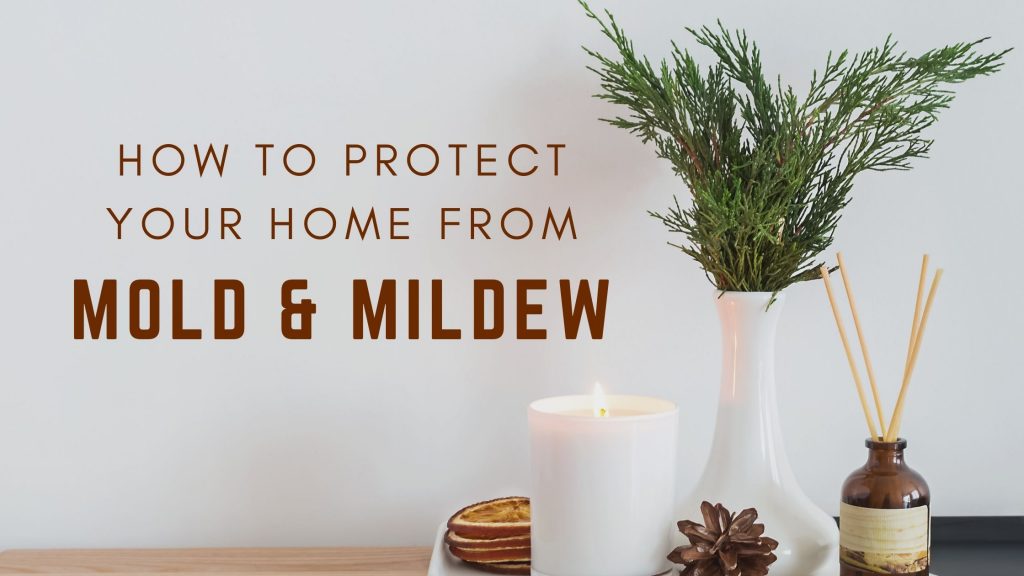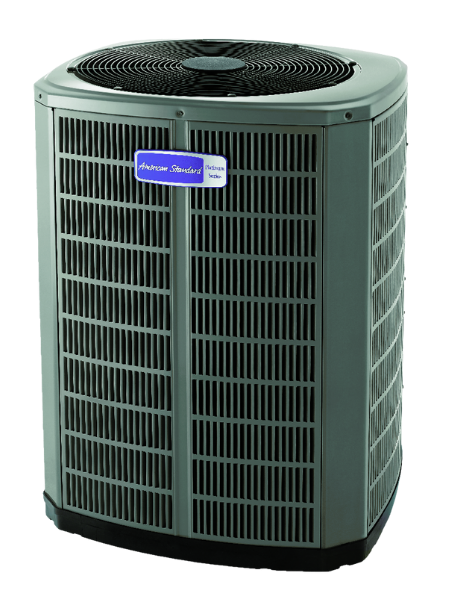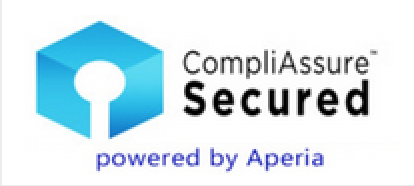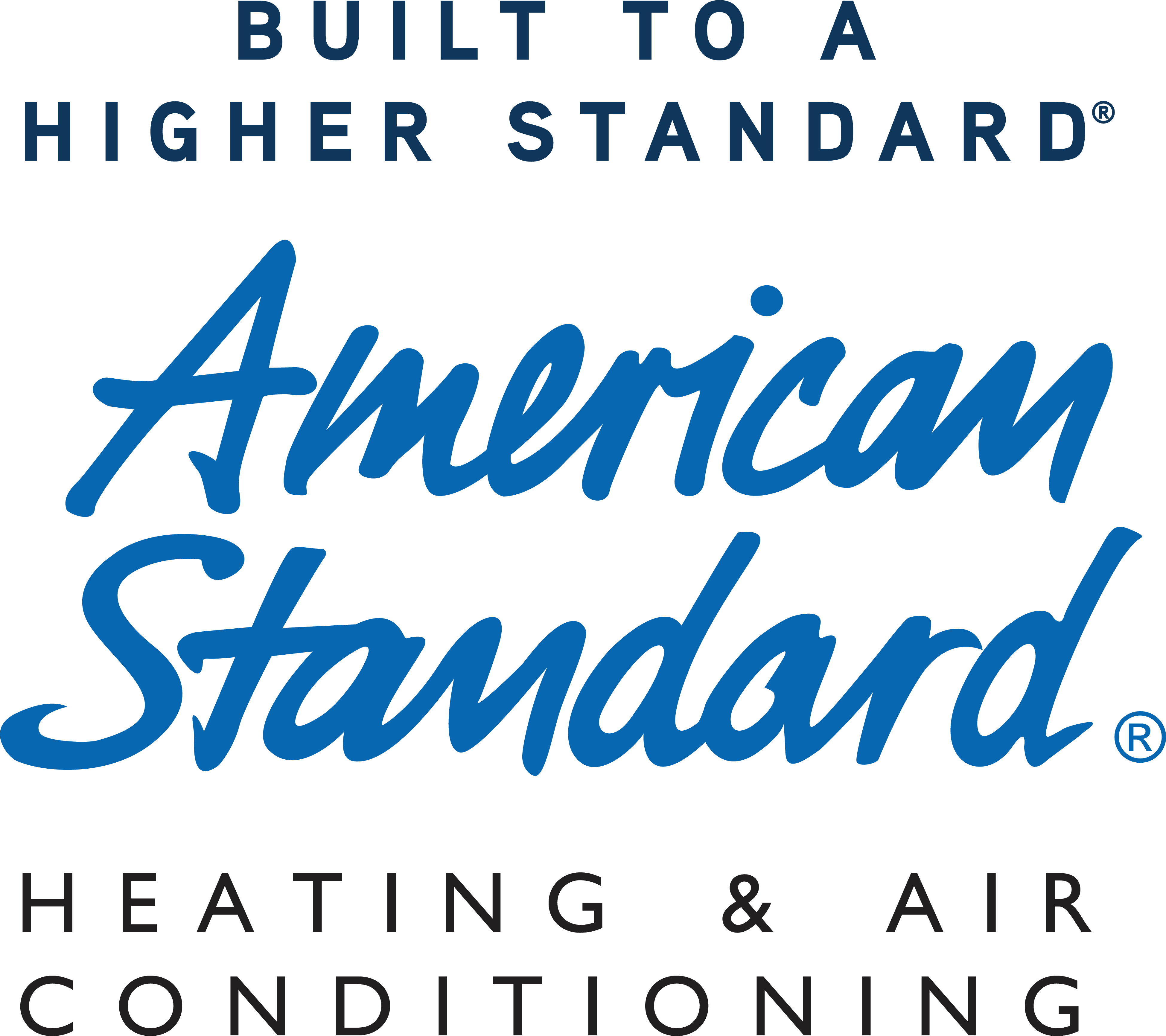
How to Protect Your Home From Mold and Mildew
The growth of mold and mildew is very common in climates like the ones we experience in South Alabama. For homeowners that means taking extra precautions to protect your home and your family. While mold and mildew are natural elements of our outdoor environment, it’s unsettling and sometimes dangerous when growing inside our homes.
In some, more serious cases, mold and mildew can even lead to harmful respiratory issues and damage to your home’s foundation. This helpful article will explain how to protect your home from mold and mildew on a regular basis and even after having water damage.
Where to Look for Mold
Wherever there’s moisture, oxygen, and a suitable growing surface, mold and mildew will thrive. Unfortunately in the hot humid climate of South Alabama, that’s basically everywhere. In our homes those areas include bathrooms, kitchens, laundry rooms, and attics. Once mold has originated, it spreads quickly, so if you find any in your home, don’t ignore it!
Regular Mold Prevention
1. Replace Your Air Conditioner
Over time, air conditioners, just like any other appliance, begin to not work as efficiently and effectively as they once did. If your HVAC system is around or over 10 years old, you may notice it’s not regulating humidity as it should. That’s likely because your older unit is powered by single-stage cooling.
New, high-efficiency variable speed HVAC systems use advanced compressors and Spine Fin coils to enhance temperature and humidity control throughout your home. In the extreme heat and humidity of Coastal Alabama, a variable speed system will be your best choice for keeping your indoor humidity levels between 30-50%.
2. Get A Dehumidifier
Your air conditioning system plays a huge part in regulating the humidity levels in your home, however, if it’s not yet time to replace your system, consider installing a dehumidifier. These systems work by removing moisture from air entering your HVAC system as it runs over refrigerated coils. The moisture is then collected into a tank rather than entering your home. Dehumidifiers are a great choice for homeowners looking to regulate humidity in their home without upgrading to a new HVAC system.
3. Use Exhaust fans
While exhaust fans are great at getting rid of smoke and smelly odors in kitchens and bathrooms, they’re also great for removing excess moisture from your home. Did you know bathrooms and kitchens are hotspots for mold and mildew? It’s their favorite place to grow because of our regular use of water in those areas.
To help cut down on mold and mildew growth in bathrooms and kitchens, use exhaust fans when any moisture is at play (showering, cooking, etc.). This will keep moisture from lingering in areas susceptible to mold and mildew.
4. Clean Regularly
Regular cleaning helps protect your home from mold and mildew. To properly clean your home, get in the hard-to-reach areas with cleaning products. Be sure to use products as directed, and remove any excess product/moisture from surfaces.
5. Check for Leaks
Another, very important step in protecting your home from mold and mildew is to have water sources checked for leaks regularly. This includes faucets, washers, hoses, and pipes. If any of these things are leaking, you could have water damage in areas you can’t see that will lead to a large amount of mold and mildew growing throughout your home. If you suspect leaks, call in mold and mildew specialists to check behind walls, under washing machines, behind refrigerators, and in other unseen or hard-to-reach areas.
6. Eliminate Carpet
While carpet is great to have in some rooms, it’s just not feasible in others. Carpet in areas with regular water-usage can lead to mold and mildew that’s difficult to get rid of. Keep carpet out of kitchens, bathrooms, laundry rooms, and even basements. In case of flooding, the basement will be the first thing to go underwater.
Mold Prevention After Water Damage
If your home has recently experienced water damage, take action now to ensure your home is free of mold or mildew. Follow these tips with the help of a professional:
- Remove excess standing water.
- Determine the source of the water damage by examining leaks, bursted pipes, or the point of entrance.
- Eliminate the source of the moisture to prevent mold and mildew growth.
- Clean and disinfect everything once the source has been eliminated to kill mold or ensure it doesn’t begin growing.
- Dry any upholstery, clothes, rugs, bedding, carpet, or furniture that got wet. Do this outside of your home and don’t bring these items back in before checking for mold.
- If household items cannot be dried out, or if you find rags, towels, or other small items with mold already, throw them away. If mold has grown in the carpet, you’ll likely need to throw it out and replace it.
- If your home has had mold in the past, have your ductwork professionally inspected and cleaned to remove any mold or mildew particles left over.
What’s Next?
At Swinson AC, we care about the comfort and health of your home and your family. If you have questions about preventing the growth of mold and mildew in your home in relation to your HVAC system, contact us!
To learn more about our company or the services we offer, visit our website at https://swinsonac.com/. We proudly serve communities on the Eastern Shore including Loxley, Fairhope, Daphne, Spanish Fort, and surrounding areas.
We are a Factory Authorized Carrier Dealer. Feel free to call us at (251) 990-0998 with any questions or to schedule an appointment.
Proudly Serving The Following Areas
Get In Touch

AL HVAC License # 84948

© 2025 Swinson Air Conditioning • All Rights Reserved Privacy Policy • Site Map

Site by Lawrence Media




